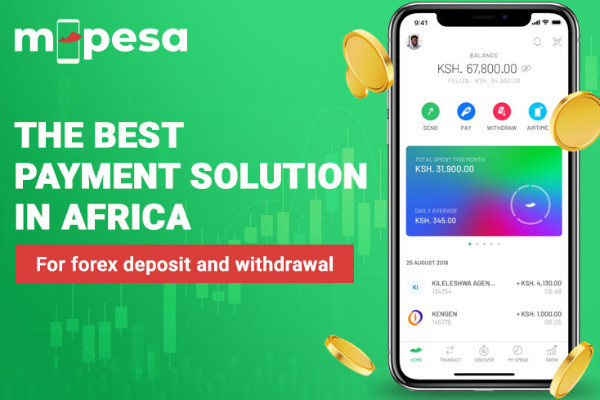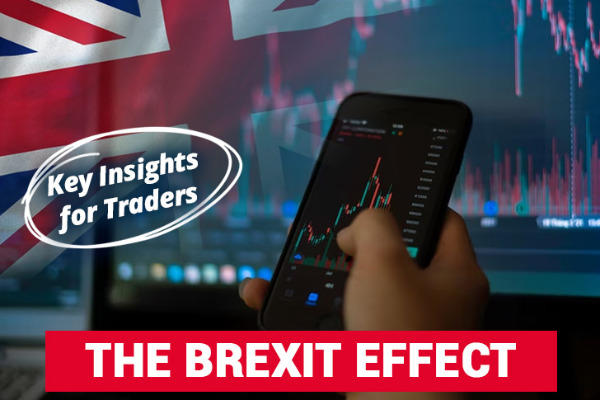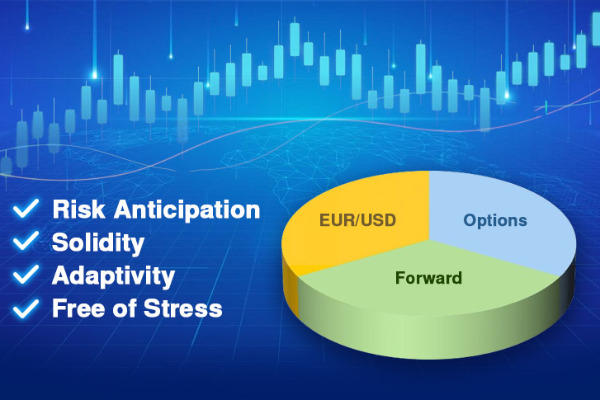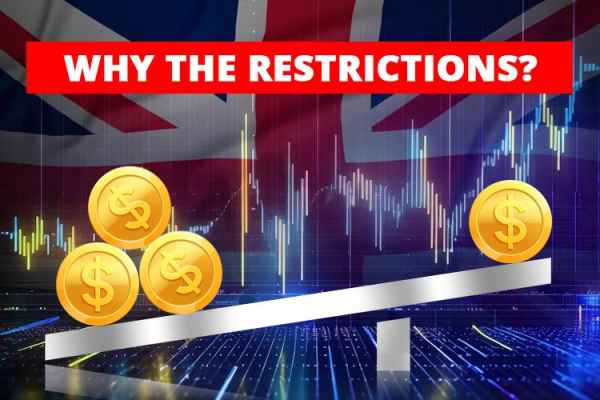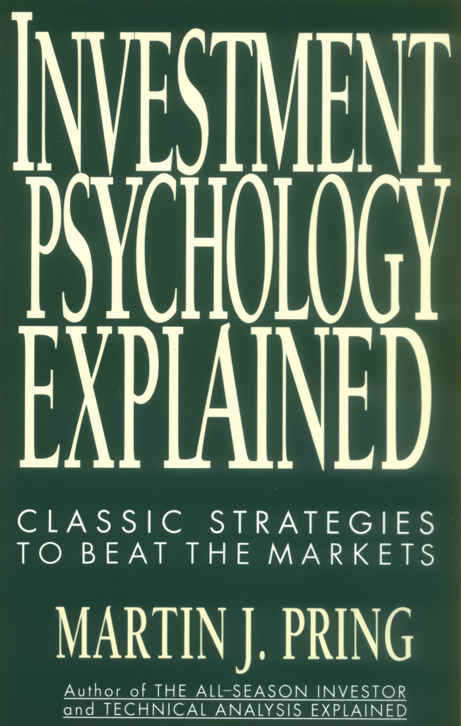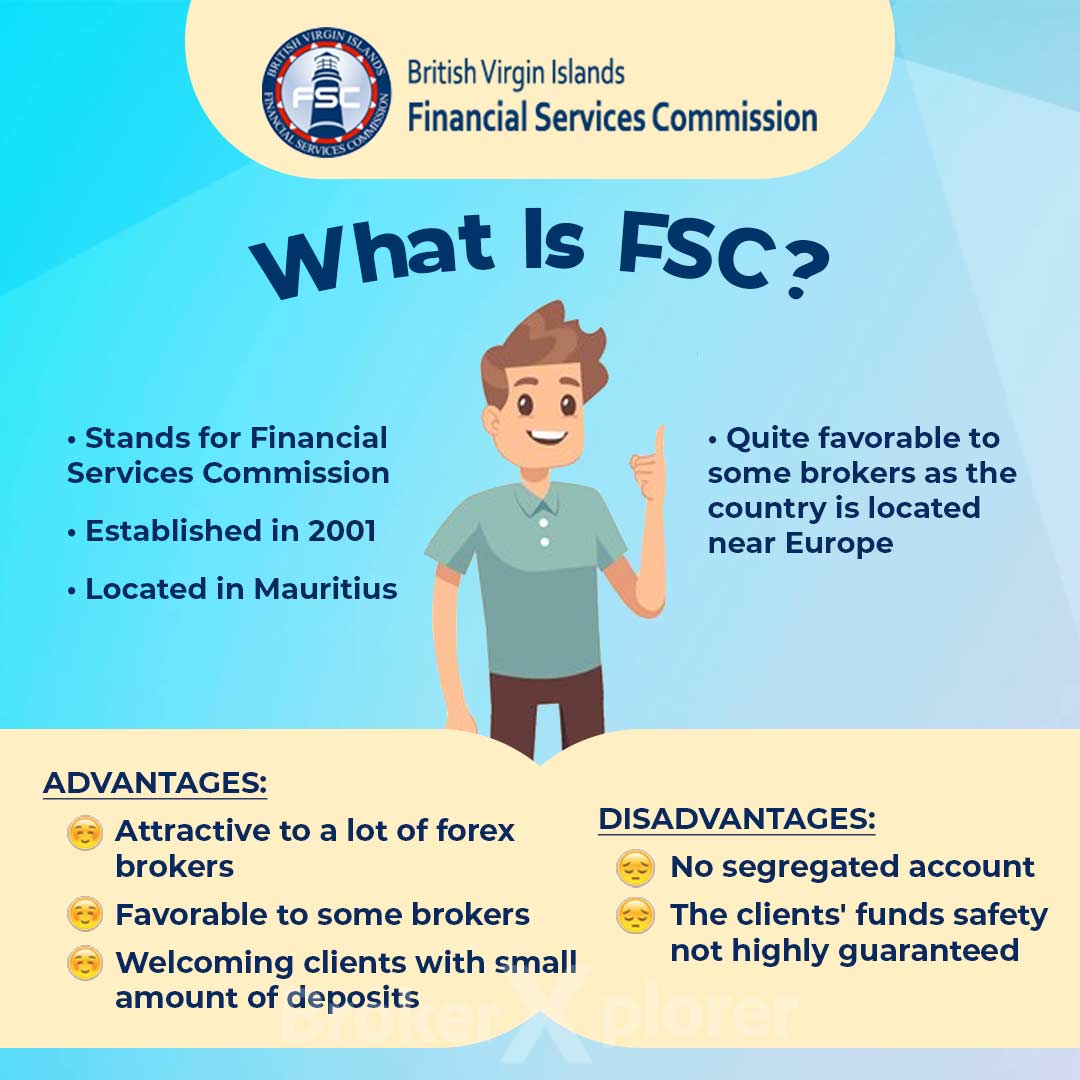Stop loss is often said to be the most important tool that any trader should know. Is it true? Do professional traders use stop loss too?
Stop loss is an automated mechanism that is designed to minimize a trader's loss on a certain trading position and also to lock in profits. The idea is to automatically close the losing position once it reaches a certain predetermined level on the chart in order to prevent the trader from losing too much money. Especially in highly volatile financial markets like forex and crypto, stop loss orders are highly popular. Many traders consider it as a way to manage the risk of trading and help them dodge catastrophic situations.
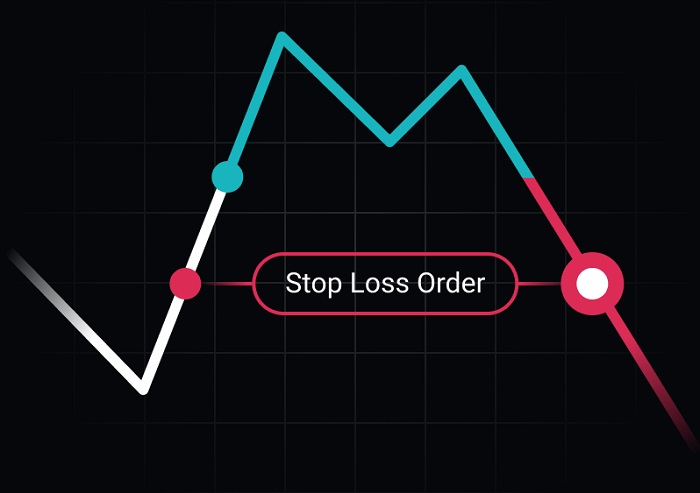
However, it is unfortunate that stop loss, despite its name, is not always reliable when it comes to stopping losses. In reality, stop loss can prevent future gains, incur transaction fees, and basically cause you to make less money than if you just simply let the trade goes on. What's even more shocking is that although stop loss is often suggested as one of the most useful tools in trading, many professional traders prefer to trade without it for a number of reasons.
Today, we're going to examine why some professional traders refuse to use stop losses in their trades and learn how they manage their risks in the absence of it.
Pro Trades Can Afford to be Reckless
Recklessness is one of the reasons why professional traders tend to ignore stop losses. To begin with, we need to acknowledge that the path of becoming a professional trader is never easy. Every expert trader must have gone through various challenges and difficulties before they could find the right strategy that works for them. In other words, most professional traders are rich in experience.
While it is great that they've survived all that and became successful as they are today, this can actually bring out the recklessness inside of them. Many professional traders are so confident in their opinions that they don't think a stop loss is necessary at all. Some of them are stubborn enough to refuse to get even a small loss on a trade if they think their calculation and prediction are correct.
Such behavior is pretty common among pro traders due to their expertise. Unfortunately, traders who adopt this kind of mindset usually don't last in the business for long if they don't have any other strategy for risk management. Professionals can afford to be reckless because they always have a backup plan for any condition and they're experienced to face unpredictable conditions. The same thing could not be said for rookies and other types of traders. Keep in mind that trading without any risk management strategy is a bad idea, no matter how precise your calculations are and how sharp your intuition is.
They Have Mental Stops
The next possible reason is that some professional traders use mental stops instead of hard fixed stop losses. Mental stop basically has the same principle as stop loss, but there is no automatic mechanism involved. As a result, the trader would leave the position open as it is, but still has a level in mind where they will exit the trade if necessary.
The biggest advantage of using mental stops is that you don't have to "reveal" where your stop loss is as you only keep it in your mind. The problem with a regular stop loss is that once you submit it to the computer, your order will be transparent. This could trigger market maker players to hunt the stops, which means that they would push the price low enough to reach the popular stop loss level before changing the price direction immediately after that. Thus, by using mental stops, you could avoid this issue and have more control over your trade.
Keep in mind that mental stops only work if you are focused on the market the entire time that your position is opened. Put it simply, you need to closely watch the price movements so that you won't miss the stop level. If you turn away from the market even for a short moment, there's a chance that the price will reverse and "trigger" your mental stop. Since you're not there to catch it, the trade will remain open and your plan will be ruined.
In a volatile market, prices can move really quickly, perhaps even quicker than a human trader can react. Therefore, using mental stops in general is a pretty risky move. Instead, it's better to use statistics to help you the best stop loss strategy that is suitable for your trading style.
They're Not Bound by High Leverage
In trading, leverage refers to a feature that allows traders to control more units of an asset than the amount in their trading balance. Leverage is more popular among small retail traders because it allows them to open a bigger position with only small capital. Meanwhile, most professional traders don't use much leverage in their trades because with their account balance, they can already size their positions without having to use a stop loss.
For example, let's say a stock trader invests 5% of his $100,000 portfolio into Apple. By only using 2:1 leverage, Apple would have to go zero for the trader to lose $10,000. Even such a scenario is less likely to happen any time soon. Therefore, most professional traders would find that using high leverage is unnecessary for their trades. As long as you size your position small enough, you could certainly trade without a stop loss and exit according to your rules.
The key is to set up your risk management first before determining the amount of leverage that you're going to take. Most professional traders don't care much about the actual number of the leverage as long as it covers their minimum standard. So, if they use a broker that offers 1:1000 leverage, for example, they won't blindly take the highest number in order to make as much money as possible. Instead, they would stick to the number that they need to stay profitable according to their risk management and trading plan.
They Use Hedging
The last reason why some professional traders don't use stop losses is because they have a hedge in some other trades that they could rely on when things go south. This strategy is usually done in certain types of trading like spread trading, stat arbitrage, or high-frequency trading. So, for instance, a bank trader might open a long position of ten-year bonds while at the same time hedge the order with a short position of two-year bonds.
This can be a lengthy discussion if we go in-depth because there are many different ways and combinations to make a hedge that could eliminate the need of stop loss in financial trading. If this is the case, then it's possible to trade without a stop loss and still be a successful trader. It means that you simply use another means to manage the risk instead of ignoring it altogether.
Final Words
In conclusion, while it is true that some professional traders don't use any stop loss in their trades, such a decision always comes with various types of risk management alternatives. They don't actually have to be a stop loss per se, but they must be effective enough to prevent them from getting too much loss.
However, for retail traders and beginners, stop loss is one of the easiest and most common tools that can be used across almost any trading strategy out there. So, trading without a stop loss can be a fatal mistake that new traders make, especially if they use high leverage in their trades or trade in a highly volatile market. Of course, like any other tool, stop loss has its own drawbacks and risks, but it can be minimized if you know how to properly use it. There are many variations on how to use stop loss, so it's just a matter of picking the right approach and putting the stop loss in the right position. Make sure that it suits your grand trading strategy and style.

 Dedicated FREE FOREX VPS
Dedicated FREE FOREX VPS Free FOREX Virtual Private Server
Free FOREX Virtual Private Server MT4 Demo Contest, Get $500
MT4 Demo Contest, Get $500 Sign Up for an Account, Claim 60% Deposit Bonus
Sign Up for an Account, Claim 60% Deposit Bonus Free MT4/MT5 VPS 2024
Free MT4/MT5 VPS 2024 Send E-mail and Get Free Merchandise
Send E-mail and Get Free Merchandise $1K Refer a Friend Bonus for Pepperstone Pro clients
$1K Refer a Friend Bonus for Pepperstone Pro clients Maximize Your Earnings with 100% Deposit bonus
Maximize Your Earnings with 100% Deposit bonus Trade to Win, $5,000 Monthly Demo Contest
Trade to Win, $5,000 Monthly Demo Contest Claim 30% + 15% Deposit Bonus from LiteFinance
Claim 30% + 15% Deposit Bonus from LiteFinance

